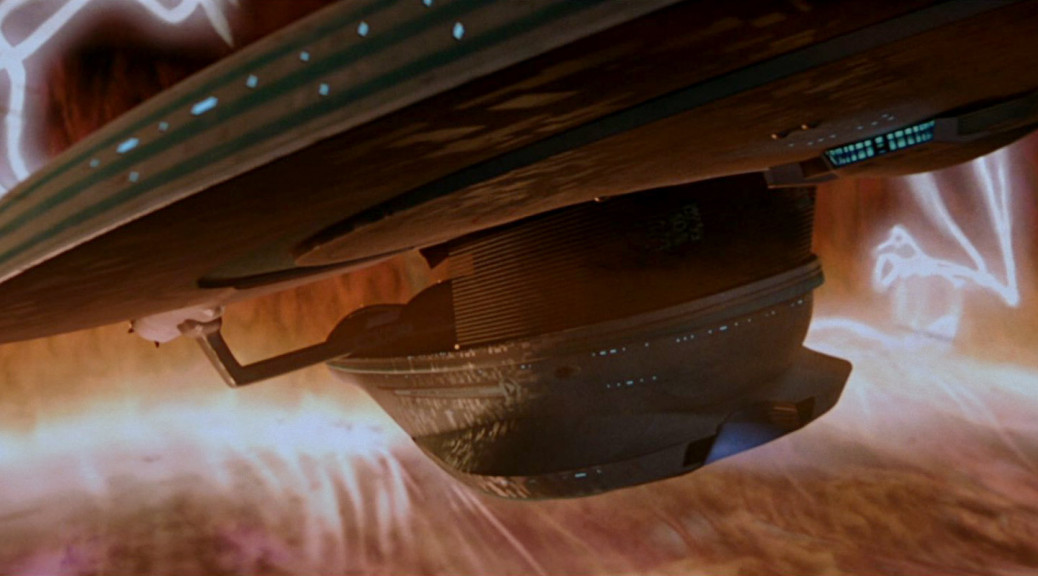It probably won’t surprise anyone to learn that my 2020 was very, very boring. Living with an immunocompromised roommate sent me into seclusion fairly early in the pandemic, and I’ve rarely had the opportunity to poke my head out since then. Which means that when the time rolled around for my mother to begin dropping hints about how important my yearly travelogue is to maintaining readership for the family Christmas letter, I hedged. A lot.
You see, while quarantine life has certainly been rife with bizarre and mildly amusing excerpts, there have been very few of the massive logistical failures and bad ideas that characterize these stories. Oh sure, I went on a socially distanced bike ride where one rider suffered a blow out that saw him literally trying to rebuild a high performance racing bike tire with a few feet of duct tape and I became severely dehydrated after accidentally dumping 80% of my water out on the trail halfway through. But it’s quite hard to write about an event where you still aren’t entirely sure which memories are real and which ones were hallucinations created by a brain eager to distract itself from what must have seemed like its imminent demise.
And then, in the most underwhelming of Christmas miracles, Amazon delivered the most appropriate subject matter imaginable for this dumpster fire of a year:

Because nothing says 2020 more than someone who can barely be trusted to comb their own hair trying to give themselves a haircut because some a hair stylist on YouTube made it look easy.
The first thing I did upon receiving the kit was to take the photo above to message it to a select group of close friends to announce that the backup plan of showing up to the next sci-fi convention sporting the world’s laziest/best Cousin It costume ever was off the table. The second thing I did was show it to my roommate Katie.
“I’m not cutting your hair,” she informed me.
“That’s fine,” I replied. “I was going to do it myself.”
She gave me a long look. “You know how?”
“I watched some YouTube videos!” I chirpily replied.
I chose to interpret her silence as embarrassment for not having considered this and set off to the bathroom to reacquaint myself with the topography of my own forehead. My plan was simple. I would use a series of hair clips to partition my head into three, each of which could be cut using one of the many comb attachments the kit had shipped with to a precise length. I grabbed a comb, spent about five minutes creating a line between the side and top of my head, then carefully put the first clip in place to hold the hair on the top safely out of the way.
The clip fell out. So I tried partitioning my hair again. The clip fell out again. So then I tried doing it a third time. And it fell out a third time. So I started deviating from the script, trying to find some way to hold my hair safely out of the way. I eventually found something that worked where I roughly grabbed a mass of hair, twisted it into a thick rope, coiled that rope, then skewered it with two clips to form the world’s lumpiest bun in the center of my head. It didn’t look quite as neat and tidy as the partitioning in the videos, but I found it was easy at this point to pretend that wouldn’t matter. Finally, I fitted the first comb on the end of the clipper and began trimming the right side of my head. Hair began to fall away in massive clumps as I sighted my earlobe, bleached bone white after months of being kept out of direct sunlight. And then came a tiny barely audible squeak at my right ankle.
I looked down to find Celty – Katie’s new kitten – had joined me in the bathroom and begun batting at one of the clumps of hair on the floor, no doubt wondering if there was a small edible animal beneath it she could eat. Buoyed by the unexpected infusion of vitamin Aww, I went back to work.

A moment later I felt another presence at my right ankle. I looked down and saw Sepp, my ever-faithful wiener dog, leaning up against my leg and giving me an inquisitive stare. I patted him on the head, then started in on the left side.
My brain didn’t really realize how much trouble I was in until about five seconds after it was too late to stop it.
I’m sure that in the pets’ minds, everything that followed looked very much like a classic Akira Kurosawa films where two Samurai face off in a forest while cherry blossoms rain down all around them, only with the cherry blossoms replaced by human hair. It didn’t look quite so picturesque from my view. I don’t really know which one of them made the first move, but it took essentially no time to go from that to both of them chasing one another around, through, and over my legs with joyful abandon. At one point they accidentally collided and face planted into Celty’s litterbox. Under any other circumstances this probably would have made them pause for a moment, but not today. The time had come for the ultimate battle of chase between cat and dog, beneath the rain of human hair as spoken of in the ancient legends, and they would not be deterred. I’d decided that perhaps pausing the haircut was called for when Katie arrived, drawn by the sound of paws scrabbling against tile. The moment the door opened Celty immediately broke off to determine if she had brought treats, giving me a moment to examine my progress so far and Sepp a moment to check if hair was edible.

I would describe the look as very fashion forward. The untidy bun holding up the hair on the top had largely disintegrated, allowing a few strands of hair to escape down the sides and back. In the excitement I’d somehow managed to cut the hair on the left side to be significantly shorter than the hair on the right, which I believe Bob Ross would refer to as a “happy little accident.” And I was NOT completely bald, which at that point felt like a major accomplishment. Katie, clearly not up to date with the latest trends, had a somewhat different take.
“Oh my god,” she said, “were you going for the fabulous lesbian look?”
I shook my head.
Katie sighed and held out her hand. “Give me the clippers,” she said, “I’m giving you a haircut.”
Yes, I thought as I meekly handed over the clippers. All according to plan.
And that, gentle readers, is how you get a free haircut from your roommate during a global pandemic. Use this knowledge wisely.













